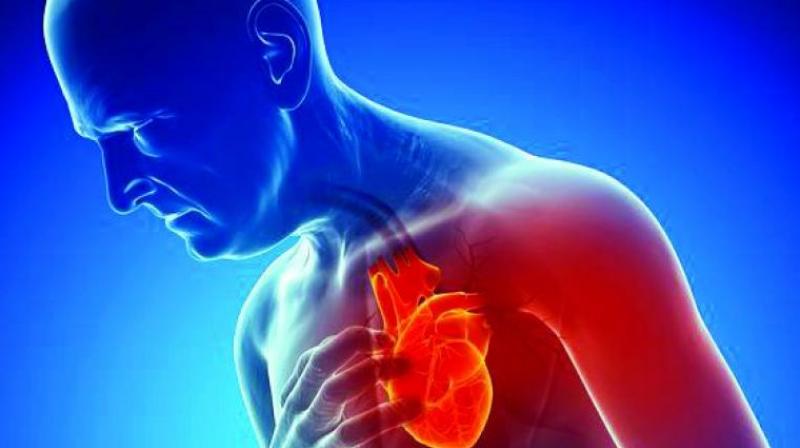Aspirin therapy for CVD issues may not be effective, says study
Patients were given enteric-coated aspirin tablets or placebo tablets, once daily.

Chennai: Aspirin therapy is well-accepted as an agent for the secondary prevention of cardiovascular events and current guidelines also define a role for aspirin in primary prevention.
The use of aspirin in the primary prevention of cardiovascular events may not necessarily be effective and safe with risk factors such as stroke, transient ischemic attack,cardiovascular effect and haemorrhagic events, revealed a recent study by Lancet. The study was aimed to assess the efficacy and safety of aspirin versus placebo in patients with a moderate estimated risk of a first cardiovascular event.
The use of aspirin for cardiovascular issues remains controversial and therefore a randomised, double-blind, placebo-controlled, multicentre study was done on eligible patients aged 55 years (men) or 60 years (women) and above. The patients who had an average cardiovascular risk, were taken into consideration while patients at high risk of gastrointestinal bleeding or other bleeding, or diabetes were excluded.
Patients were given enteric-coated aspirin tablets or placebo tablets, once daily. The effects such as occurrence of cardiovascular death, myocardial infarction, unstable angina, stroke, or transient ischaemic attack were being monitored.
It was found that patients in aspirin group suffered higher incidence of gastrointestinal bleeding, with 61 patients in the aspirin group versus 29 in placebo group. The overall incidence rate of serious adverse events was lower in the placebo treatment groups.
The researchers said that findings with respect to aspirin's effects are consistent with those observed in the previously published low-risk primary prevention studies. Safety endpoints were haemorrhagic events and incidence of other adverse events, and were analysed in the intention-to-treat population.
Previous studies suggest says that aspirin has an important role in both secondary and primary prevention of cardiovascular events in selected population groups, but practice patterns may be suboptimal.

